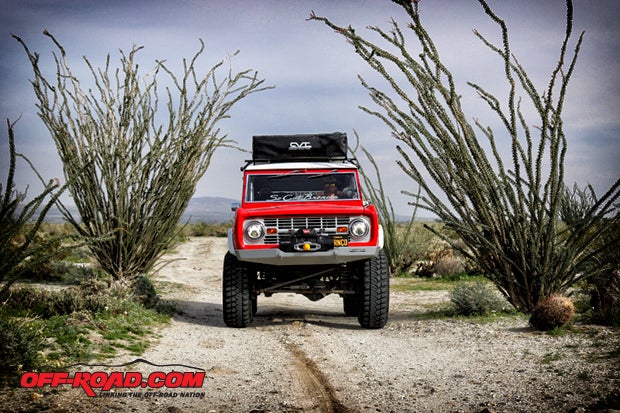
Have a truck or SUV question for the 4x4 AnswerMan? Send your questions to editor@off-road.com. Please include your name and location, and be as detailed as possible about your questions.
Previous 4x4 AnswerMan Columns
March 2017 - How to Repair a Flat Tire, Off-Road Van Conversions & More
February 2017 - Are Diesels Dirty?
December 2016 - Overland Travel and Off-Road Storage
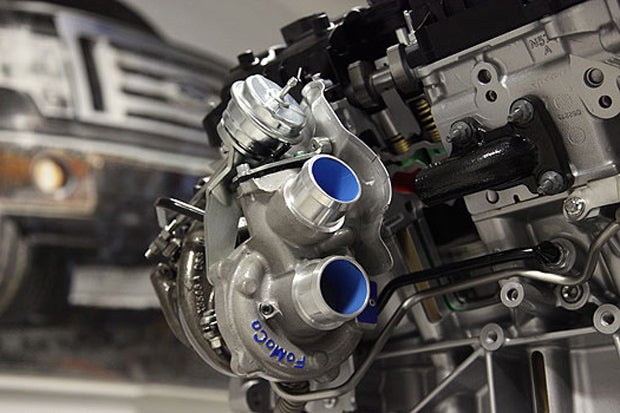
Turbo Engine Options for New Pickup Trucks
With better fuel economy and cleaner burning engines in high demand, it’s no surprise auto manufacturers continue to look for new ways to squeeze out more with less. One of the latest trends in the light truck market is the use of turbocharged small displacement engines. Turbocharged gas engines have been around for years, but they typically were only available in limited production numbers as a performance option. Today, we’re seeing high-volume trucks like the Ford F-150 offered with a 3.5L V6 Ecoboost. Some of these small V6 engines are even producing more horsepower than a V8!
A great example is the new 2017 Ford Raptor equipped with a new high-output 3.5L Ecoboost twin-turbo engine. This small V6 engine produces 450 hp and 510 lb-ft of torque, compared to the previous generation Raptor equipped with the big block 6.2L V8 that produced 411 hp and 434 lb-ft.
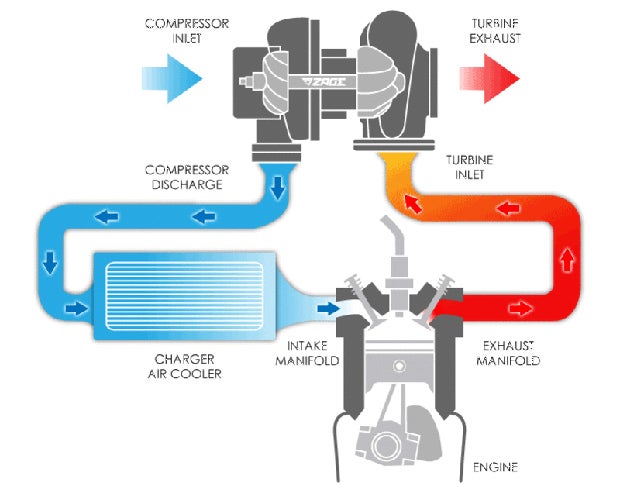
So what does a turbocharger do exactly? In a nutshell, a turbocharger is a turbine-driven forced induction engine component that increases power output and efficiency by forcing extra air into the combustion chamber. The extra air compressed into the cylinder makes for more power and better fuel economy (when timing and fuel delivery is mapped correctly).
Earlier turbo designs had lag time and reliability issues, but newer designs like the twin-scroll from Borg Warner / Ford has improved on this dramatically. Hot exhaust can exit much faster using two exhaust gas inlets and two nozzles (the smaller inlet offers quick response, while the larger one ensures peak performance). The twin-scroll turbo design being used by Ford’s 3.5L V6 Ecoboost found on 2011+ F-150 and 2017 F-150 Raptor are designed to decrease exhaust gas temperatures and NOx emissions.
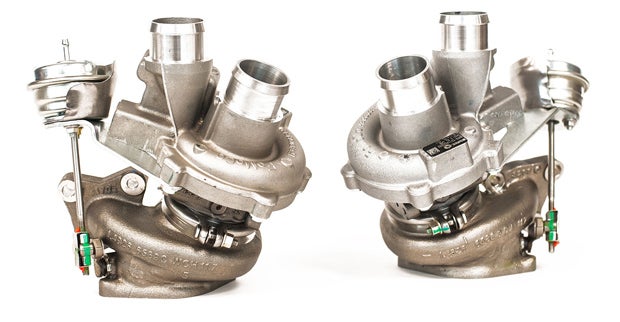
It’s an exciting time for turbocharger technology and we continue to see more turbo engine options for trucks and 4x4s. In Europe, more than half the vehicles on the road are turbocharged (diesel and gas). Auto industry experts project that we will see a shift from naturally aspirated engines to more turbocharged engines in North America in the coming years. Much of this is in response to government fuel economy and emission mandates.
So here’s the real question: Is the U.S. ready to trade the V8 for smaller engines equipped with turbochargers if they can deliver higher fuel economy and more power? What do you think? We want to know.
Please comment below.
--
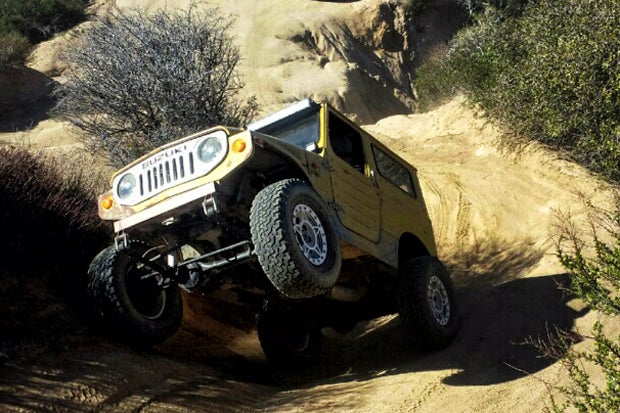
SUZUKI’S LJ 4X4
Now here’s something you don’t see everyday. Off-Road.com reader Timothy Erickson sent in some photos of his 1972 Suzuki LJ20, also known as a Jimny. These small 4x4 SUVs have been in production since 1968 and are the predecessors to the Suzuki Samurai that grew in popularity in the 1980s and 90s. The “LJ” stands for “Light Jeep.” Suzuki never actually imported the LJ20 into North America, but a limited number of light jeeps were imported by IEC (International Equipment Co.).
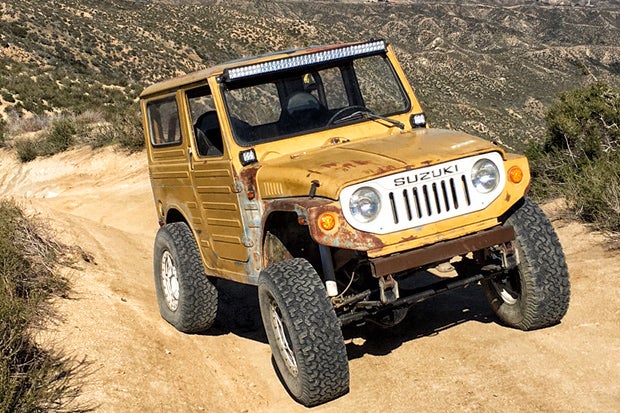
Tim’s LJ20 is far from stock. His rig has been updated with a newer Suzuki Samurai drivetrain, spring over suspension, and larger off-road tires with beadlock wheels. It’s definitely a unique looking rig.
Next time you’re out in Johnson Valley (home of the King of The Hammers), Glamis or the San Bernardino Mountains, be on the look out for this LJ.
Do you have a cool 4x4 you want to share? Please send your vehicle’s info and photo to editor@off-road.com.
--
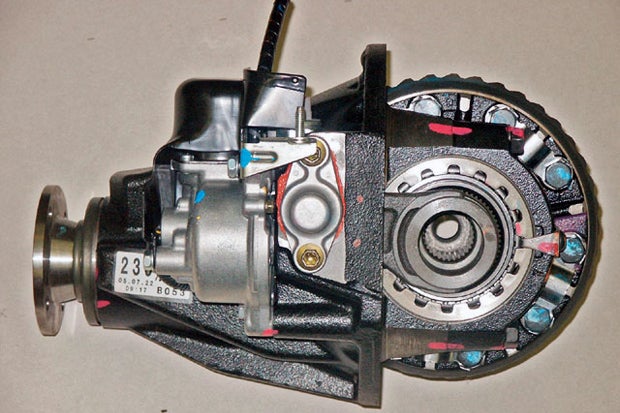
e-Locker vs Limited Slip Differential (LSD)
Off-Road.com,
Do you think the "e-locker" is worth it? LSD won't nearly do the same?
Kirk
Letter sparked by Biopsy of a Toyota e-Locker Swap
Hi Kirk,
Both a differential locker or LSD (Limited Slip Differential, not the drug) are good options for adding traction to your vehicle off-road. The biggest difference is that the locker can be selectable, meaning you can engage and disengage it whenever you need it. It also sends equal power to both left and right wheels on the axle. Lockers are popular options for rock-crawling applications.
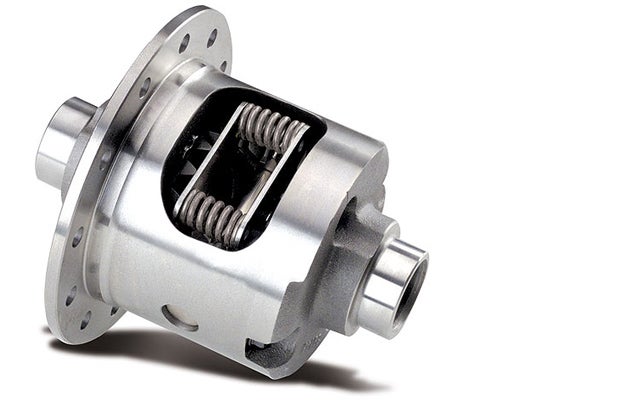
The LSD, on the other hand, adds traction by sending power to both wheels and prevents excessive power from going to only one wheel. The Eaton Posi limited-slip differential, for example, prevents wheel slip by using carbon disc clutch packs preloaded by a central spring assembly located behind each differential side gear. When torque input increases, the clamping load on the clutch packs increases. This causes the chatter-free clutch packs to grab and transfer power to the other wheel. The LSD is a good choice for vehicles driven on both street and dirt.
So which is better? It really depends on your application and the type of off-roading you plan to do. In most cases, an LSD is more than enough for most dual-sport vehicles. If you find yourself spending more time off-road, a locker may be a better choice—especially if you plan on rock crawling.
Good luck!
--
OFF-ROAD TRAINING?
Off-Road.com,
I'm running my one-owner 1995 Bronco in the 2017 Rebelle Rally. Does anyone know of any training I can find in the West to help me learn more about driving my Bronco off-road? I'm a total amateur but the Rebelle Rally is open to newbies. Most of the off-road training links associated with the event use Jeeps. I need to learn how to drive my Bronco efficiently off-road. Cheers!
Susan McPartland

Hi Susan,
How exciting that you’re planning on doing the Rebelle Rally! Below are the names of the ladies that not only can help you train for the race but have participated in the Rebelle Rally themselves.
Nina Barlow at Barlow Adventures
https://barlows.us/rebelle-rally/
(928) 282-8700
Shelby Hall at Rod Hall Drive
http://rodhalldrive.com/rebelle-rally/
(775) 815-4892
You should also contact the Rebelle Rally organizers to find out if they have any trainers near you. http://www.rebellerally.com
Enjoy the journey!
--
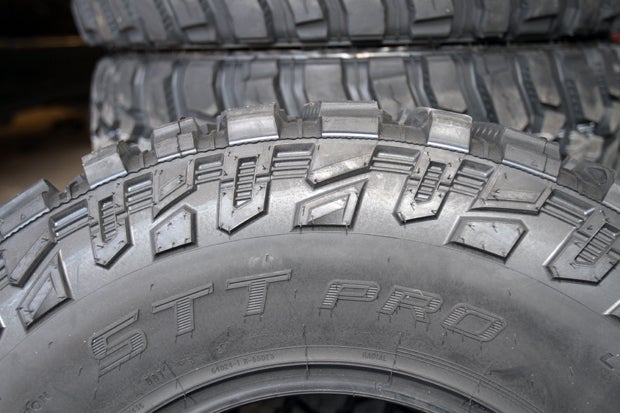
LOOKING FOR MORE THREAD LIFE
Off-Road.com got a set of the first Cooper Discoverer SST PRO tires when they were released. They proved to be more aggressive than previous designs, making them a good choice for off-road use. Since then, more sets of SST PRO tires have been put on the road and we’ve received additional feedback from Off-Road.com readers.
Related Story: STT Cooper Pro Review
Off-Road.com reader Alex Bell says that he likes the new SST PRO. They are more capable off-road than the old Cooper STT and also have better traction on-road in wet conditions. His biggest gripe is that the new SST PRO is loud and doesn’t seem to be wearing as good as the old Cooper SST tires.
He really wants a higher mileage tire, so he’s switching to the Cooper S/T Maxx in the fall. All we can say is that the S/T Maxx is a tough tire that works great on and off-road. There’s a good reason so many overlanders like Coopers.
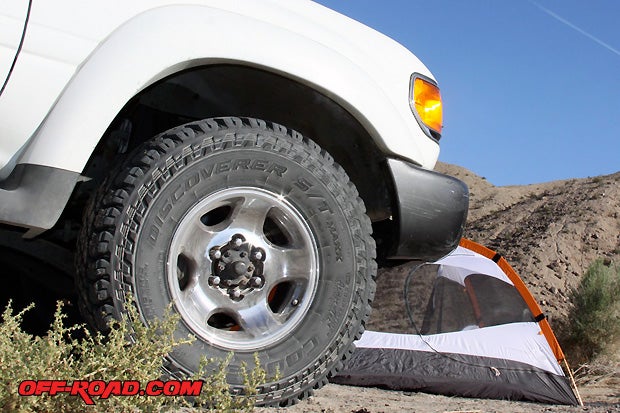
We ran a set a few years back and were very impressed with them. They were not the most aggressive tire out there, but they worked great and showed very little wear, even after 10K miles of mixed off-road and highway driving.
Alex, if you spend more time on pavement that in the dirt, I think you’re going to be happy with the S/T Maxx.
Related Story: Cooper Discover S/T Maxx Review
Have a truck or SUV question for the 4x4 AnswerMan? Send your questions to editor@off-road.com. Please include your name and location, and be as detailed as possible about your questions.
“Like” us on Social Media for the latest off-road news and developments.
Instagram


 Your Privacy Choices
Your Privacy Choices